
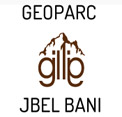
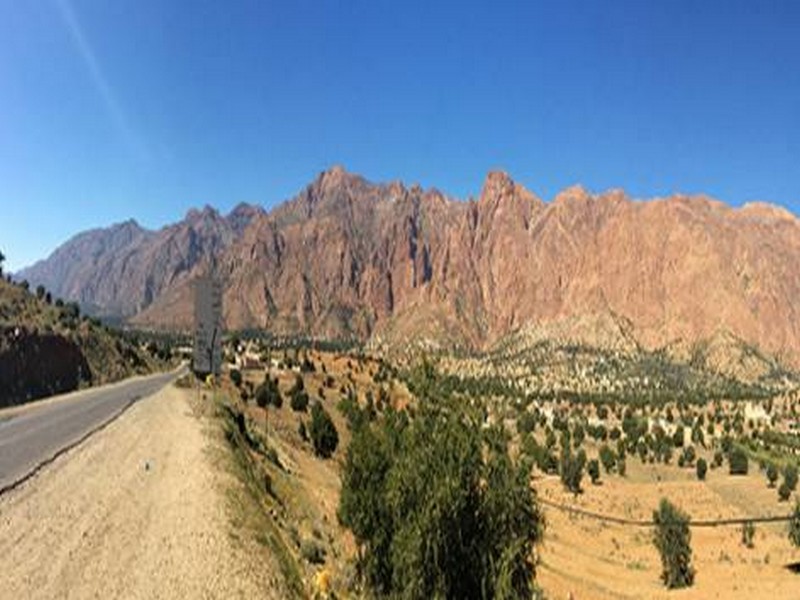
Jebel el Kest: A stunning day in the Moroccan Anti-Atlas
The ascent of Jebel el Kest in Morocco’s Anti-Atlas is a stunning day in remote mountains – one of the very best hill days. Cicerone’s Publisher, Jonathan Williams, explored the area with his son Joe in February 2015..
‘Anergui...’ Chris Bonington’s always-quiet tone dropped a notch as he repeated the name, his eyes seeming to glaze over as though he was remembering big mountains in great ranges. I was impressed. All I’d done was mention this particular approach to the little-known Jebel el Kest in Morocco’s Anti-Atlas. It must be quite a hill. There was clearly a lot to look forward to on our walking and scrambling trip. Over the last twenty years the Anti-Atlas has grown into a remarkable arena for climbers. Massive amounts of rock at good climbing grades, easy access, good prices and great people have all made this area a new home-from-home for a generation of climbers: Les Brown, Joe Brown, Chris Bonington, Claude Davies... all well-known names on the friendly streets of Tafraoute.
A town of 5000 people, Tafraoute is set off to the south of Jebel el Kest, giving it astonishing views to the quartzite range that glows bright pink in the evening light. It’s located in an area the maps refer to as ‘The Granite Area’, full of piles of strangely shaped boulders. There are several hotels and a few restaurants, plenty of shops, pharmacies, a weekly souk, and a small medical centre (with which we had dealings the next day – another story). The French influence is unmistakable; well taught in the schools it’s one of three languages – with Arabic and Berber – spoken throughout Morocco. Those involved in adventures and other trading all have excellent French and a surprising amount of English. And catering to climbers is only one of Tafraoute’s enterprises. It’s a stop-off for the many French who tour around Morocco and into the Sahara, often in sizeable motor homes. This has led it to its development as a major centre for carpet selling, and the two emporia that service this business have become masters of the art. It’s unlikely your resistance is even close to a match for their sales talents, so it’s best just to embrace it. Tafraoute is as a fine place as any to buy a carpet, rug or throw and it will make a valuable contribution to the local economy.
Located about 3 hours’ drive south east of the Atlantic resort of Agadir, a 4-hour flight from the UK, this remote area on the edge of the Sahara desert can be reached inside a day. The drive down is fascinating – remarkably little traffic but a whole new culture with shepherds and flocks crossing the road, towns and Berber villages large and small, roadside water stalls, women in niqab and hijab of all colours, minarets and wild mountain scenery, as well as the inevitable game of chicken as two vehicles pass on the road eroded by the perpetual sun and occasional rain down to a singe track. Winter temperatures are ideal for walking, but the main season is March to April and October into November. In mid-February we had cloudless days up to 20º and night-time temperatures of 8 to 10º – fine Cumbrian summer days.
Jebel el Kest itself is just the highest point in a long and complex ridge extending over 35km and accessible from both north and (more usually) south. There are a few paths – original Berber shepherd trails above the villages – but much of it is trackless. And everything up there is either sharp or spikey.
Pub in May 2015
Source web par cicerone-extra
Les articles en relation
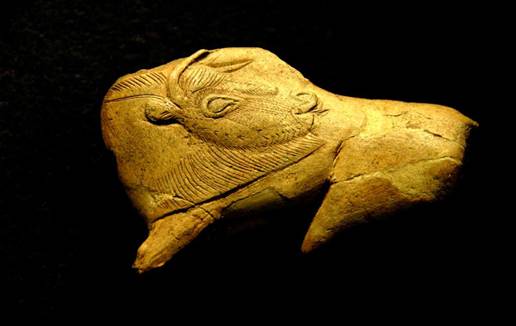
L'art préhistorique en 5 images exceptionnelles
Au cours du Paléolithique supérieur (période qui débute vers 30.000 av. J.-C.), les Hommes éprouvent le besoin de représenter leur quotidien et d'exprimer leurs émotions. Prése
Savoir plus...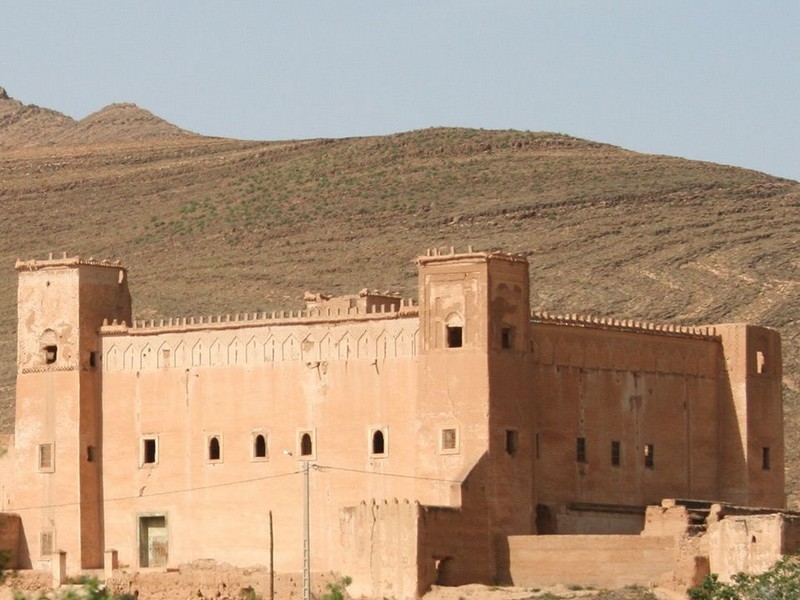
Kasbah Glaoui Taliouine (Géoparc Jbel Bani)
Kasbah Glaoui Taliouine (Géoparc Jbel Bani) Située du côté droit à la sortie du bourg de Taliouine, en direction de Ouarzazate, la kasbah du Glaoui est toute majestueuse en fond de toile, contrastant
Savoir plus...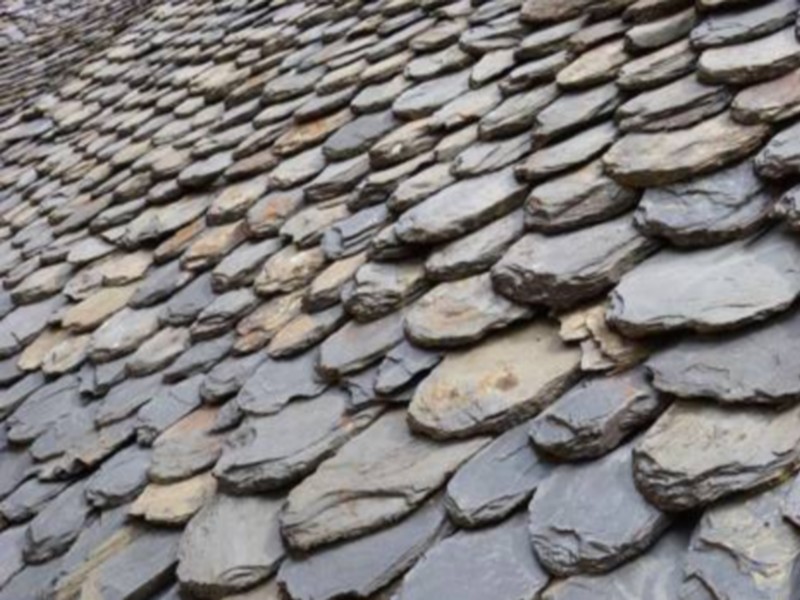
schistes
schistes Le terme de schistes apparaît en géologie. Il ne désigne pas une roche précise mais plutôt une texture de roche particulière. Celle de roches présentant un débit en feuil
Savoir plus...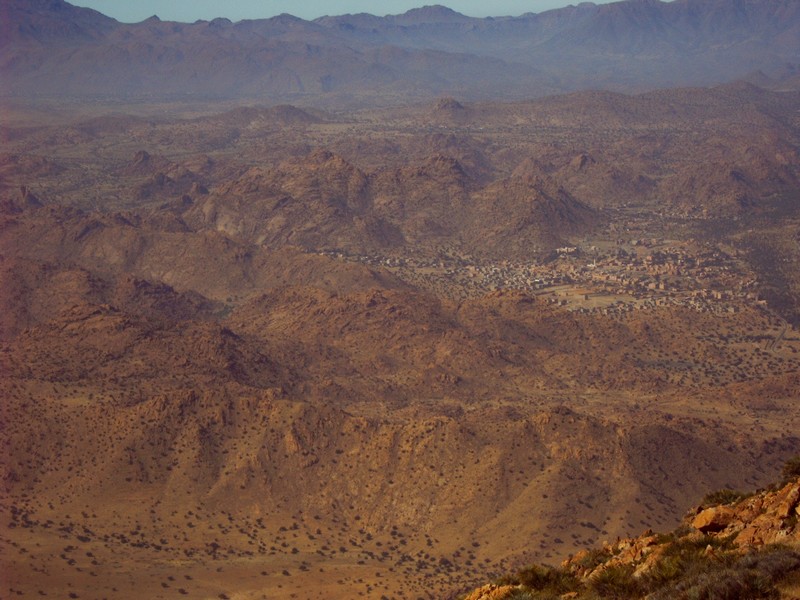
Fiche technique du SIBE "Jbel Kest (62)" (Géoparc Jbel Bani)
Fiche technique du SIBE "Jbel Kest (62)" (Géoparc Jbel Bani) Date de publication 27/11/2006 Couverture géographique Maroc, Mots-clefs Aire protégée, SIBE, Coordonnées : 29°
Savoir plus...
Top 35 des endroits secrets les plus envoûtants du Maroc qu’il faut à tout prix visiter
Top 35 des endroits secrets les plus envoûtants du Maroc qu’il faut à tout prix visiter Guide des endroits les moins connus et les plus magiques du Maroc 1- Les montagnes d’Ichniwane dans la région
Savoir plus...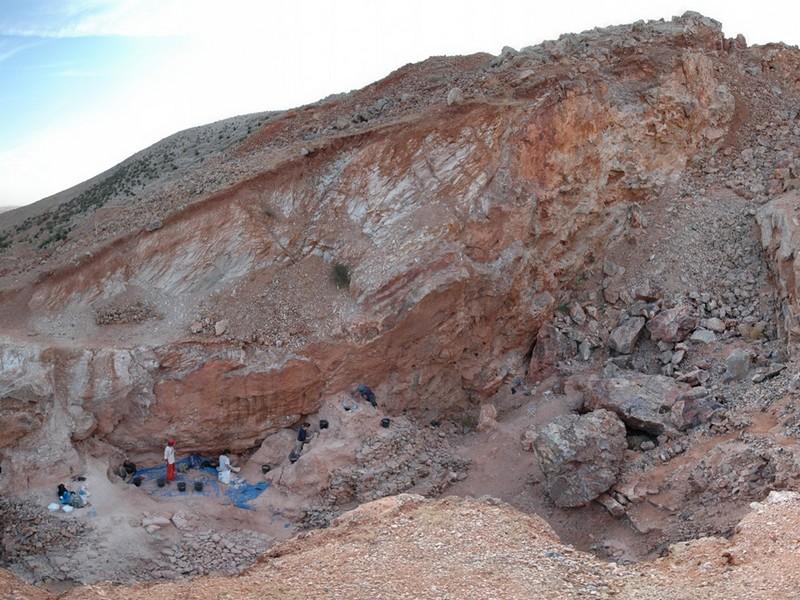
LE SITE DU JBEL IRHOUD
LE SITE DU JBEL IRHOUD LE SITE DU JBEL IRHOUD Ce site est désormais connu mondialement en raison de l’importance des découvertes archéologiques qui y ont été faites. Celles-ci début&egr
Savoir plus...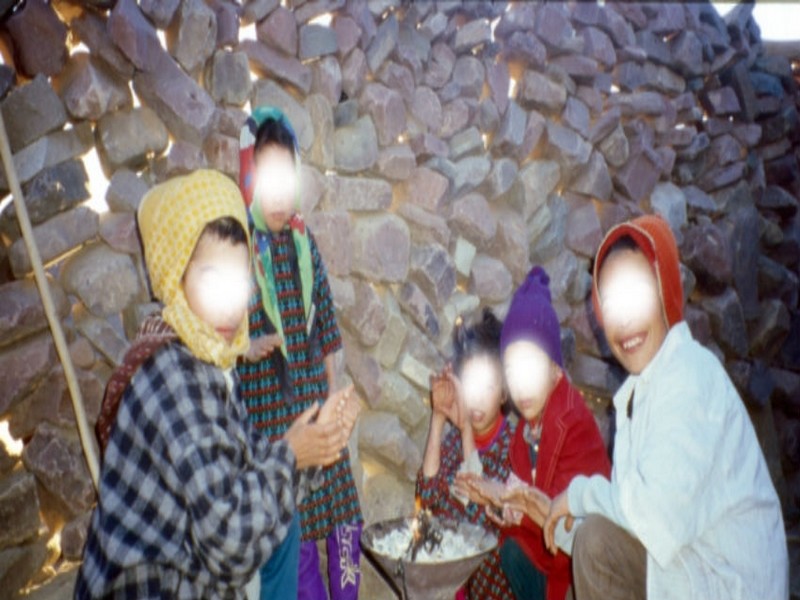
Recensement général de la population et de l’habitat: Coup de projecteur sur la population nomade
Recensement général de la population et de l’habitat: Coup de projecteur sur la population nomade Une partie de la population marocaine qui se fait habituellement discrète a été mise en lumi&e
Savoir plus...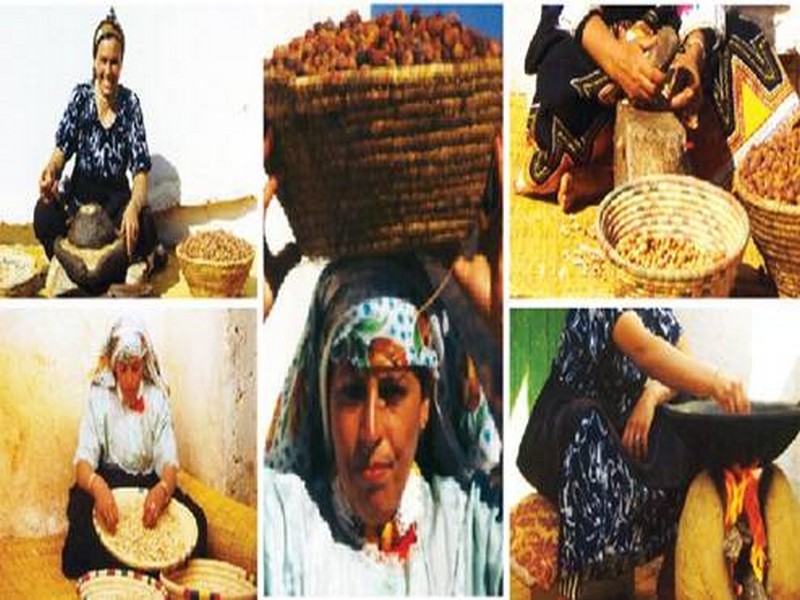
L’arbre sacré des régions du Sud: Les gardiennes de l’arganier
L’arbre sacré des régions du Sud: Les gardiennes de l’arganier L’Union des coopératives des femmes d’argane s’est distinguée à la COP22 en remportant le prix de l&rsquo
Savoir plus...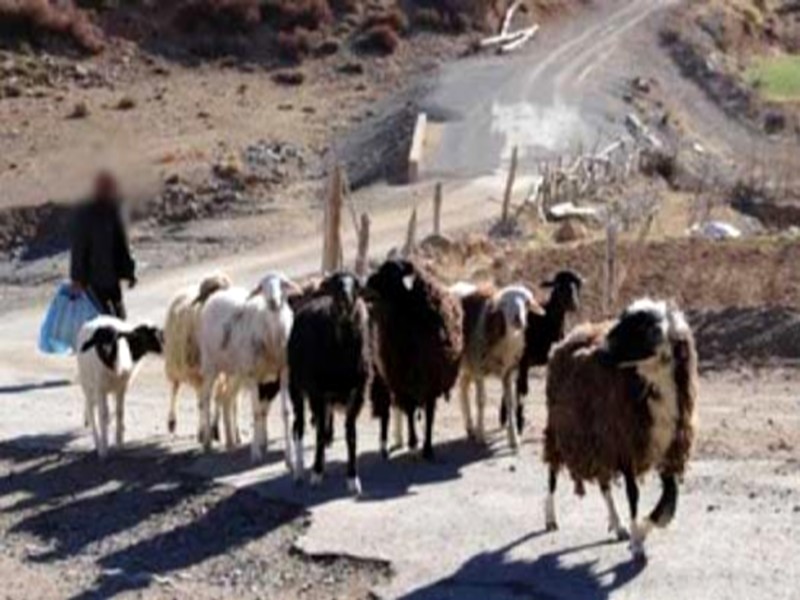
Nomad #26 : Igîlîz, la perle archéologique de Taroudant
Le prix d’archéologie de la fondation Simone et Cino Del Duca a été décerné en 2015, à une mission archéologique franco-marocaine. Cette dernière a mis en lumière un s
Savoir plus...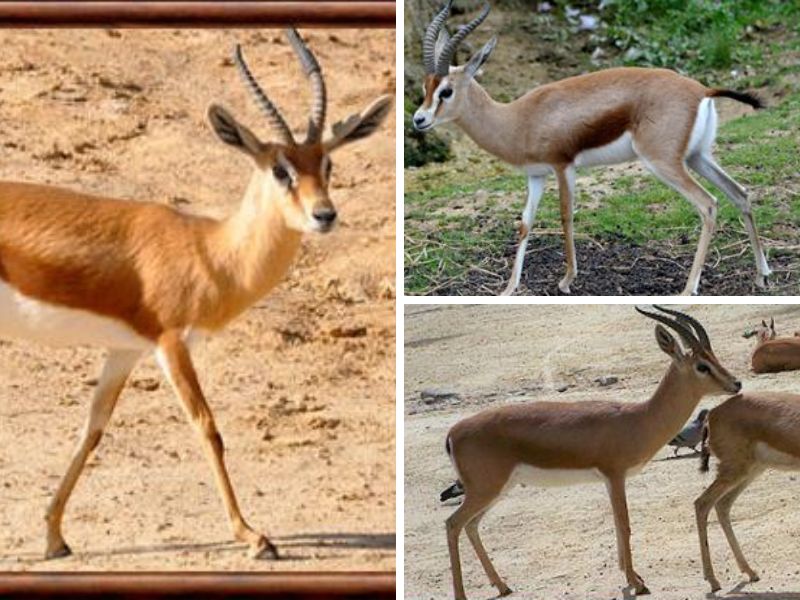
La Gazelle Dorcas : Un Trésor de la Faune du Géoparc Jbel Bani Menacé
La Gazelle Dorcas : Un Trésor de la Faune du Géoparc Jbel Bani Menacé La gazelle dorcas (Gazella dorcas), également connue sous le nom de Gazelle dorcade, est un mammifère herbivore appartenant &agr
Savoir plus...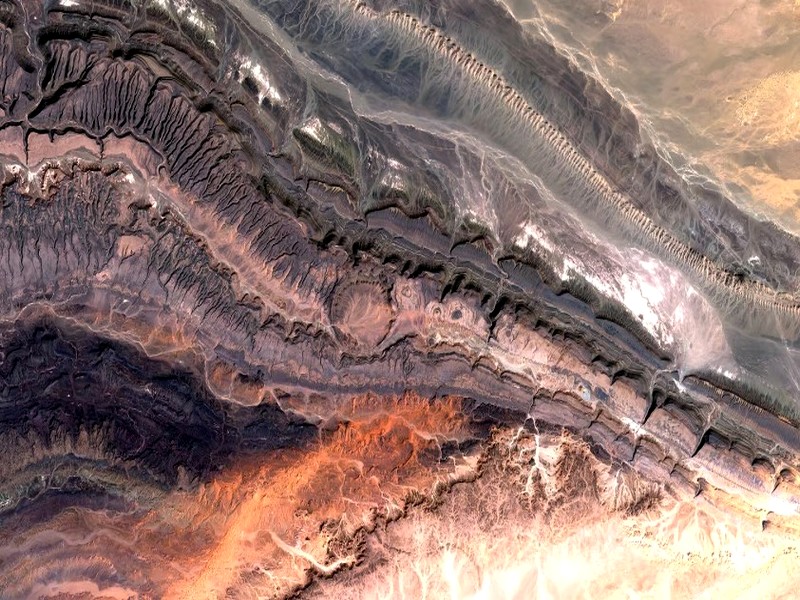
Magnifique cratère d'impact dans le Sahara vu de l'espace
Magnifique cratère d'impact dans le Sahara vu de l'espace Les images satellite, toujours plus précises et spectaculaires, nous révèlent souvent d’étonnants paysages génér
Savoir plus...Les tags en relation
En savoir plus sur " Montagnes et Anti Atlas "
Consulter les vidéos de " Montagnes et Anti Atlas " Consulter les photos de " Montagnes et Anti Atlas " Consulter les publications de " Montagnes et Anti Atlas " Consulter les éditions de " Montagnes et Anti Atlas " Consulter les communications de " Montagnes et Anti Atlas "Recherche du site
Recherche avancée / SpécifiqueMontagnes Jbel Bani, Jbel Kerst et Anti Atlas
Montagnes et Anti Atlas Caractéristiques des montagnes du Jbel Bani Jbel Bani et Jbel Kesrt
Géoparc et Recherche Scientifique
Le coins de l’étudiant
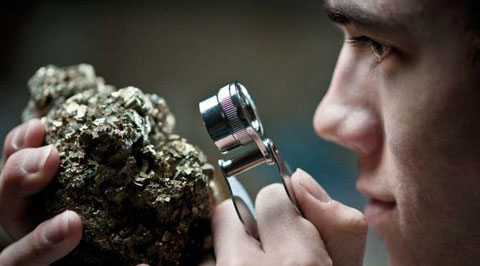

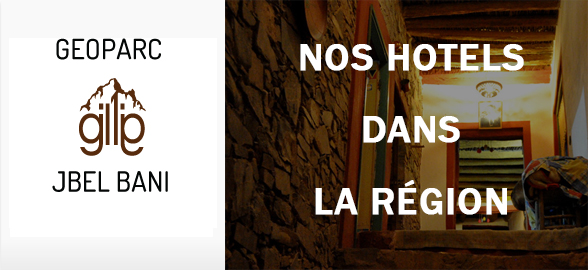
Blog Géoparc Jbel Bani
Dictionnaire scientifique
Plus de 123.000 mots scientifiques
Les publications
Géo parc Jbel Bani

Circuits & excursions touristiques
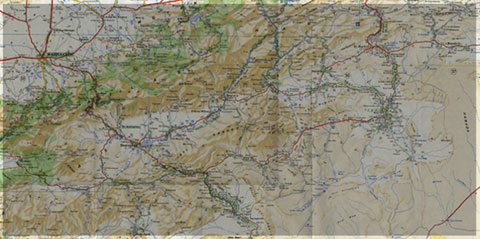
cartothéques
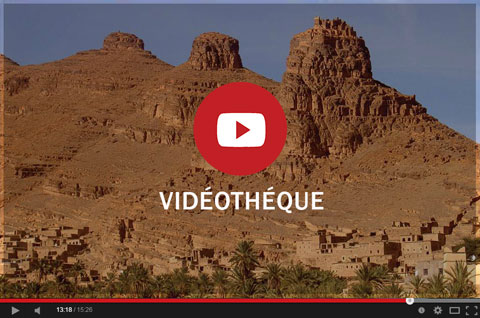
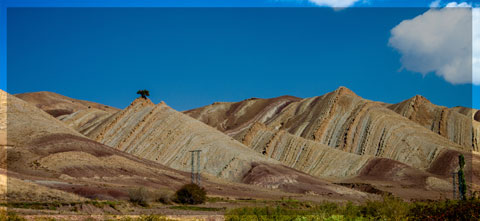
Photothéques
Publications & éditions



